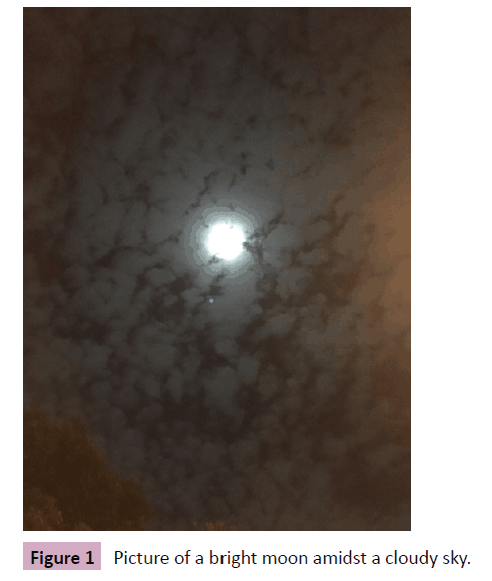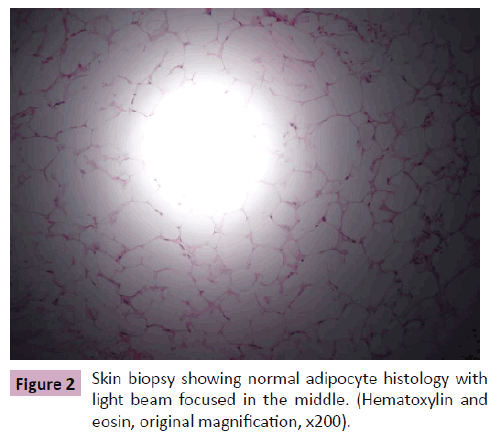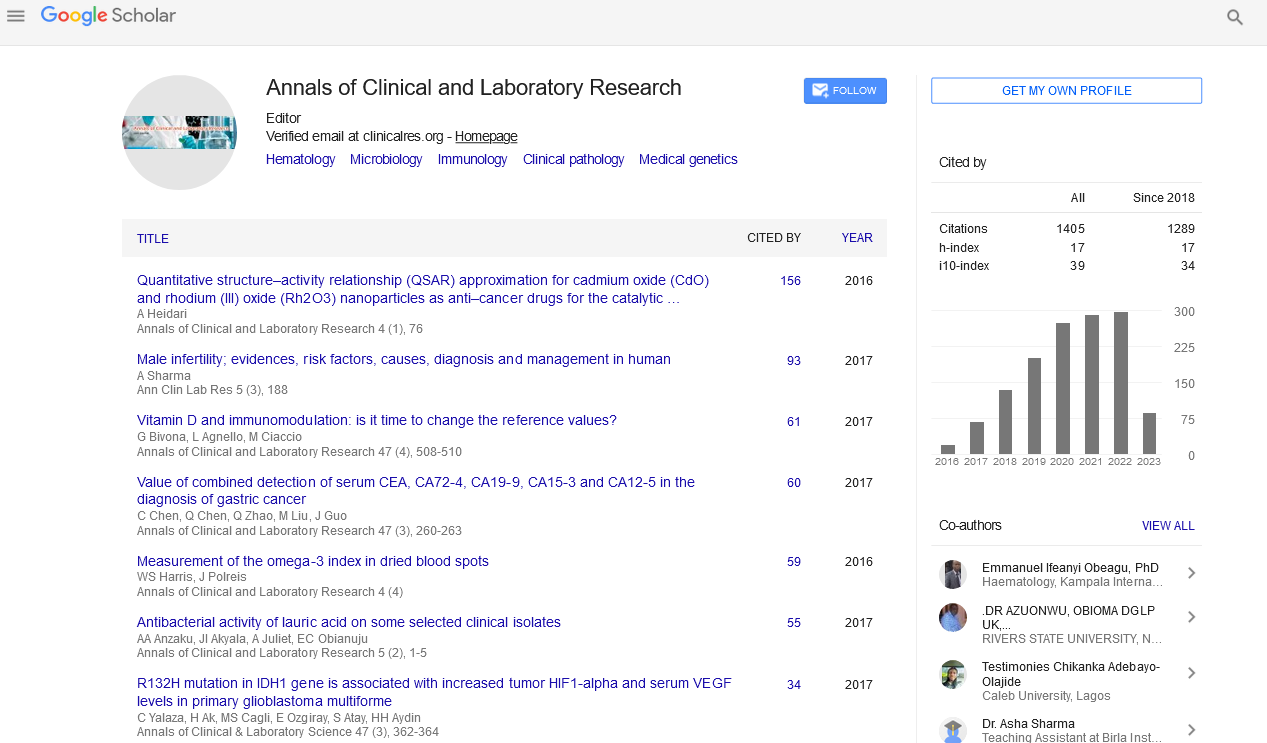Yen AYM1*, Huang J2 and Yang SS1
1Department of Dermatology, National University Health System, Singapore
2Department of Pathology, National University Hospital, Singapore
*Corresponding Author:
Adeline Yong Mei Yen
Department of Dermatology, National University Health System, 5 Lower Kent Ridge Rd, Singapore.
Tel: +65 8448 9319
E-mail: Adeline_meiyen@hotmail.com
Received date: April 27, 2016; Accepted date: April 29, 2016; Published date: May 02, 2016
Citation: Yen AYM, Huang J, Yang SS. An Interpretation of Les Miserables with Dermatopathology. Ann Clin Lab Res. 2016, 4:2.
Dermatology holds many wonderful parallels and can be related to the arts, opera, musicals and life around us in general. In the musical, Les Miserables, one of Victor Hugo’s characters is Thénardier; the crooked innkeeper who acts without conscience, mistreats an orphaned Cosette, and is seen to scheme to obtain more profits for himself by first extracting payment from Fantine, his guests, and Jean Valjean.
Keywords
Dermatohistopathology, Adipocytes, Musical
Dermatology holds many wonderful parallels and can be related to the arts, opera, musicals and life around us in general.
In the musical, Les Miserables, one of Victor Hugo’s characters is Thénardier; the crooked innkeeper who acts without conscience, mistreats an orphaned Cosette, and is seen to scheme to obtain more profits for himself by first extracting payment from Fantine, his guests, and Jean Valjean.
After the revolution, in an extremely poignant scene, Thenardier is searching the bodies of corpses in the sewers, and stripping them of valuables. He sings as he espouses his own philosophy and outlook on life, in his song "Dog Eats Dog".
“Here's a tasty ring, pretty little thing Wouldn't want to waste it that would really be a crime! Thank you sir, I'm in your debt Here's another toy, take it off the boy
His heart's no longer going and he's lived his little time But his watch is ticking yet! It's a world where the dog eats the dog Where they kill for bones in the street.
And God in his heaven, he don't interfere ‘cause he’s dead as the stiffs as my feet I raise my eyes to see the heavens And only the moon looks down The harvest moon shines down!”
This paints a picture of a self-made man, someone without scruples, who relies on his cunning to get ahead. He looks into the heavens, and he does not see God, for to him, God is as dead as the corpses at his feet.
On one evening, we were struck by how brightly the moon shone emerging from behind the clouds against the night sky, and we were reminded of this scene from the musical, as we too were looking up at the moon (Figure 1). The fluffy clouds were immediately reminiscent of adipocytes in the study of panniculitic conditions of Dermatology. These adipocytes are empty as lipid is lost during routine histological preparation, and it displaces the rest of the cell toward the cells' periphery, flattening the nucleus along the edge of the cell, giving the cell a signet ring appearance [1]. In Figure 2, the microscope light beam was cast on the slide which reminded us again of an ominous night whereby fat lobules appears like clouds streaking the dark sky- while the harvest moon shines down against the darkness.

Figure 1: Picture of a bright moon amidst a cloudy sky.

Figure 2: Skin biopsy showing normal adipocyte histology with light beam focused in the middle. (Hematoxylin and eosin, original magnification, x200).
As physicians who routinely depend on histology at the microscopic level to seek answers, we are also reminded that we are but a small part of a larger world. By looking through a microscope, and seeing this image, we are reminded that God is not dead-he is present in all things, from the very cells we are looking at, to the celestial bodies hanging in the night sky.
9166
References
- Segura S, Requena L (2008) Anatomy and histology of normal subcutaneous fat, necrosis of adipocytes, and classification of the panniculitides. Dermatologic clinics 26: 419-424.








